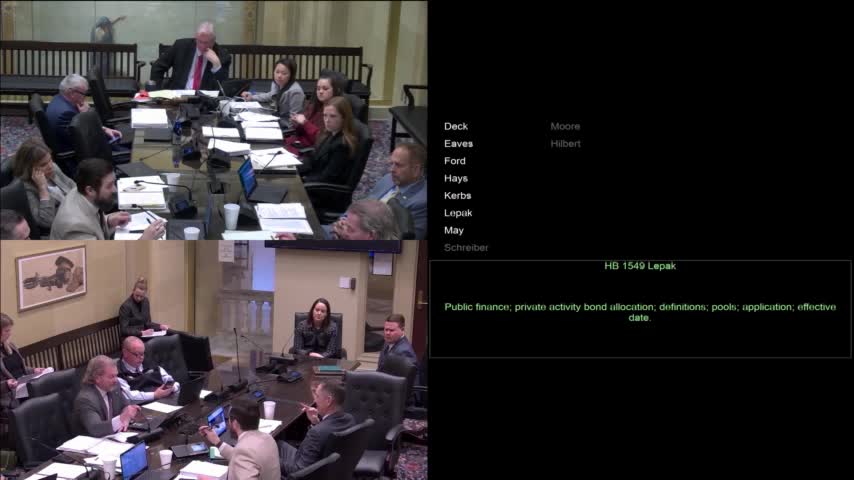Representative Hayes introduces House Bill 1258 to enhance teacher recruitment and retirement options
February 19, 2025 | 2025 Legislature OK, Oklahoma
This article was created by AI summarizing key points discussed. AI makes mistakes, so for full details and context, please refer to the video of the full meeting. Please report any errors so we can fix them. Report an error »

The Oklahoma State Legislature convened on February 19, 2025, to discuss House Bill 1258, a proposed measure aimed at addressing the ongoing teacher shortage in the state. With over 4,000 emergency-certified teachers currently in classrooms, the bill seeks to enhance recruitment and retention by offering new teachers a choice between a pay scale and a retirement option plan that differs from existing structures.
The bill does not eliminate current benefits but adds options for incoming educators, allowing them to select between a defined benefit plan and a defined contribution plan. Proponents argue that this flexibility will make the teaching profession more attractive to college graduates, potentially increasing the number of individuals entering the field. Currently, about 50% of teachers leave the profession within the first five years, often due to better pay opportunities elsewhere.
During the meeting, legislators raised concerns about the financial implications of the proposed changes. Some questioned whether shifting new hires to a defined contribution plan would jeopardize the solvency of the existing pension system. However, supporters of the bill assured that mechanisms are in place to continue funding the pension, regardless of the choices made by new employees.
The discussion also highlighted the need for a thorough understanding of the fiscal impact of the bill. While the immediate costs associated with implementing the new pay scale and retirement options were acknowledged, the long-term benefits of attracting and retaining teachers were emphasized as a crucial goal.
In conclusion, House Bill 1258 represents a significant step towards revitalizing Oklahoma's education system by providing teachers with more choices regarding their compensation and retirement plans. As the state grapples with a teacher shortage, the outcomes of this legislation could play a pivotal role in shaping the future of education in Oklahoma. The next steps will involve further discussions and potential amendments as the bill moves through the legislative process.
The bill does not eliminate current benefits but adds options for incoming educators, allowing them to select between a defined benefit plan and a defined contribution plan. Proponents argue that this flexibility will make the teaching profession more attractive to college graduates, potentially increasing the number of individuals entering the field. Currently, about 50% of teachers leave the profession within the first five years, often due to better pay opportunities elsewhere.
During the meeting, legislators raised concerns about the financial implications of the proposed changes. Some questioned whether shifting new hires to a defined contribution plan would jeopardize the solvency of the existing pension system. However, supporters of the bill assured that mechanisms are in place to continue funding the pension, regardless of the choices made by new employees.
The discussion also highlighted the need for a thorough understanding of the fiscal impact of the bill. While the immediate costs associated with implementing the new pay scale and retirement options were acknowledged, the long-term benefits of attracting and retaining teachers were emphasized as a crucial goal.
In conclusion, House Bill 1258 represents a significant step towards revitalizing Oklahoma's education system by providing teachers with more choices regarding their compensation and retirement plans. As the state grapples with a teacher shortage, the outcomes of this legislation could play a pivotal role in shaping the future of education in Oklahoma. The next steps will involve further discussions and potential amendments as the bill moves through the legislative process.
View full meeting
This article is based on a recent meeting—watch the full video and explore the complete transcript for deeper insights into the discussion.
View full meeting
